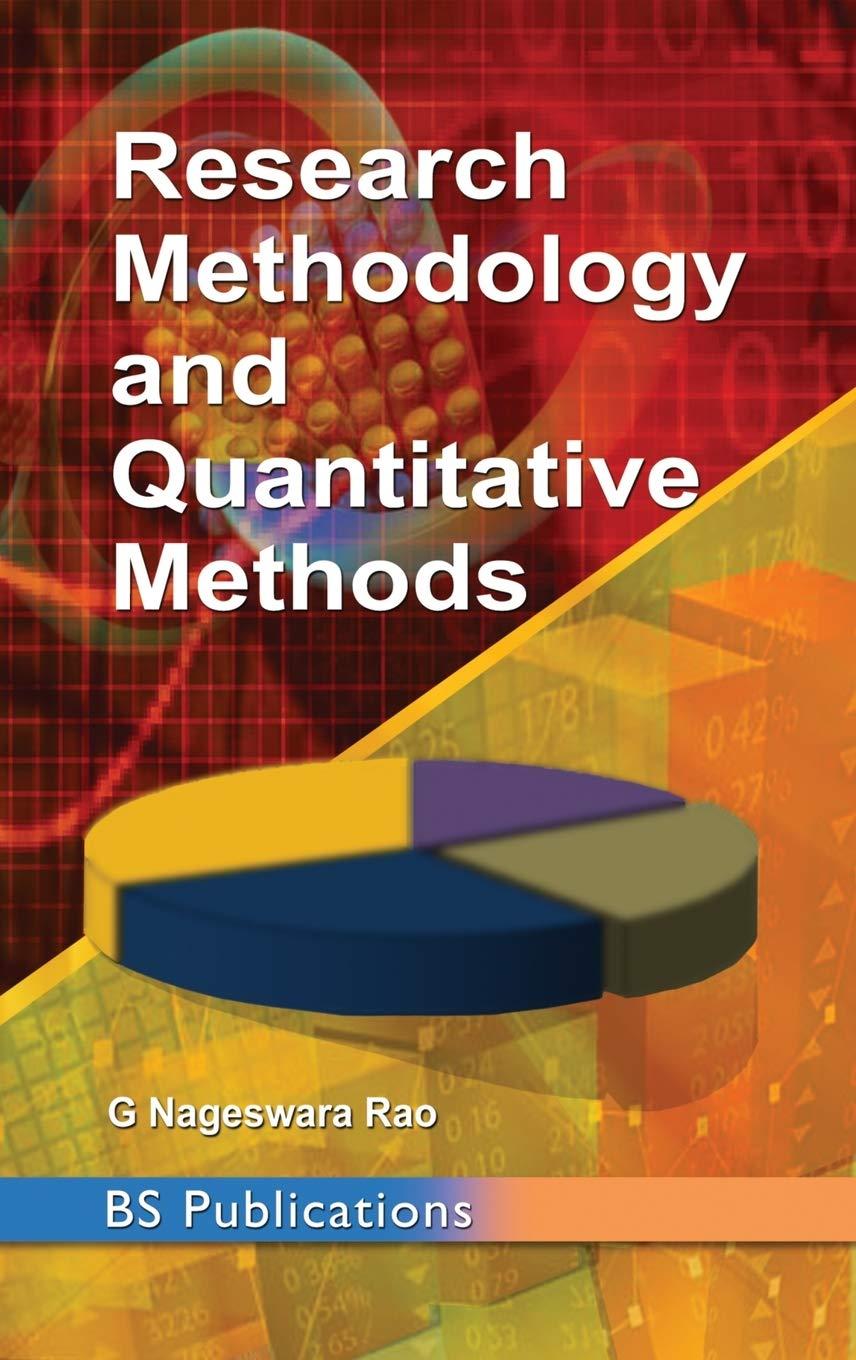Go back


Clifford Algebra To Geometric Calculus A Unified Language For Mathematics And Physics(1st Edition)
Authors:
D. Hestenes ,Garret Sobczyk

Cover Type:Hardcover
Condition:Used
In Stock
Include with your book
Free shipping: April 04, 2024Popular items with books
Access to 3 Million+ solutions
Free ✝
Ask 10 Questions from expert
200,000+ Expert answers
✝ 7 days-trial
Total Price:
$0
List Price: $70.77
Savings: $70.77(100%)
Book details
ISBN: 9027725616, 978-9027725615
Book publisher: Springer
Get your hands on the best-selling book Clifford Algebra To Geometric Calculus A Unified Language For Mathematics And Physics 1st Edition for free. Feed your curiosity and let your imagination soar with the best stories coming out to you without hefty price tags. Browse SolutionInn to discover a treasure trove of fiction and non-fiction books where every page leads the reader to an undiscovered world. Start your literary adventure right away and also enjoy free shipping of these complimentary books to your door.
Clifford Algebra To Geometric Calculus A Unified Language For Mathematics And Physics 1st Edition Summary: Matrix algebra has been called "the arithmetic of higher mathematics" [Be]. We think the basis for a better arithmetic has long been available, but its versatility has hardly been appreciated, and it has not yet been integrated into the mainstream of mathematics. We refer to the system commonly called 'Clifford Algebra', though we prefer the name 'Geometric Algebm' suggested by Clifford himself. Many distinct algebraic systems have been adapted or developed to express geometric relations and describe geometric structures. Especially notable are those algebras which have been used for this purpose in physics, in particular, the system of complex numbers, the quatemions, matrix algebra, vector, tensor and spinor algebras and the algebra of differential forms. Each of these geometric algebras has some significant advantage over the others in certain applications, so no one of them provides an adequate algebraic structure for all purposes of geometry and physics. At the same time, the algebras overlap considerably, so they provide several different mathematical representations for individual geometrical or physical ideas.
Customers also bought these books
Frequently Bought Together
Top Reviews for Books
Request 6i4nd8
( 5 )
"Delivery was considerably fast, and the book I received was in a good condition."










